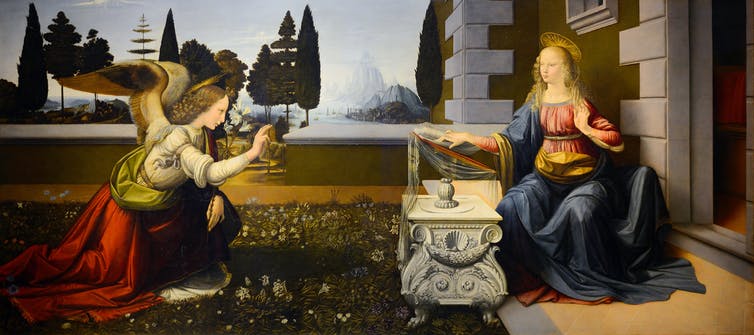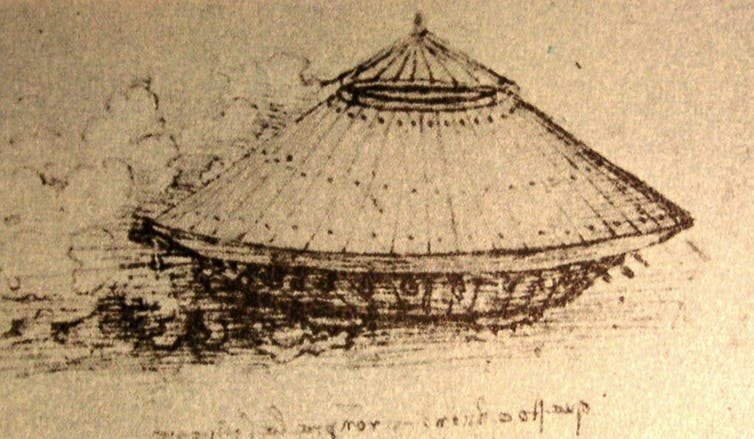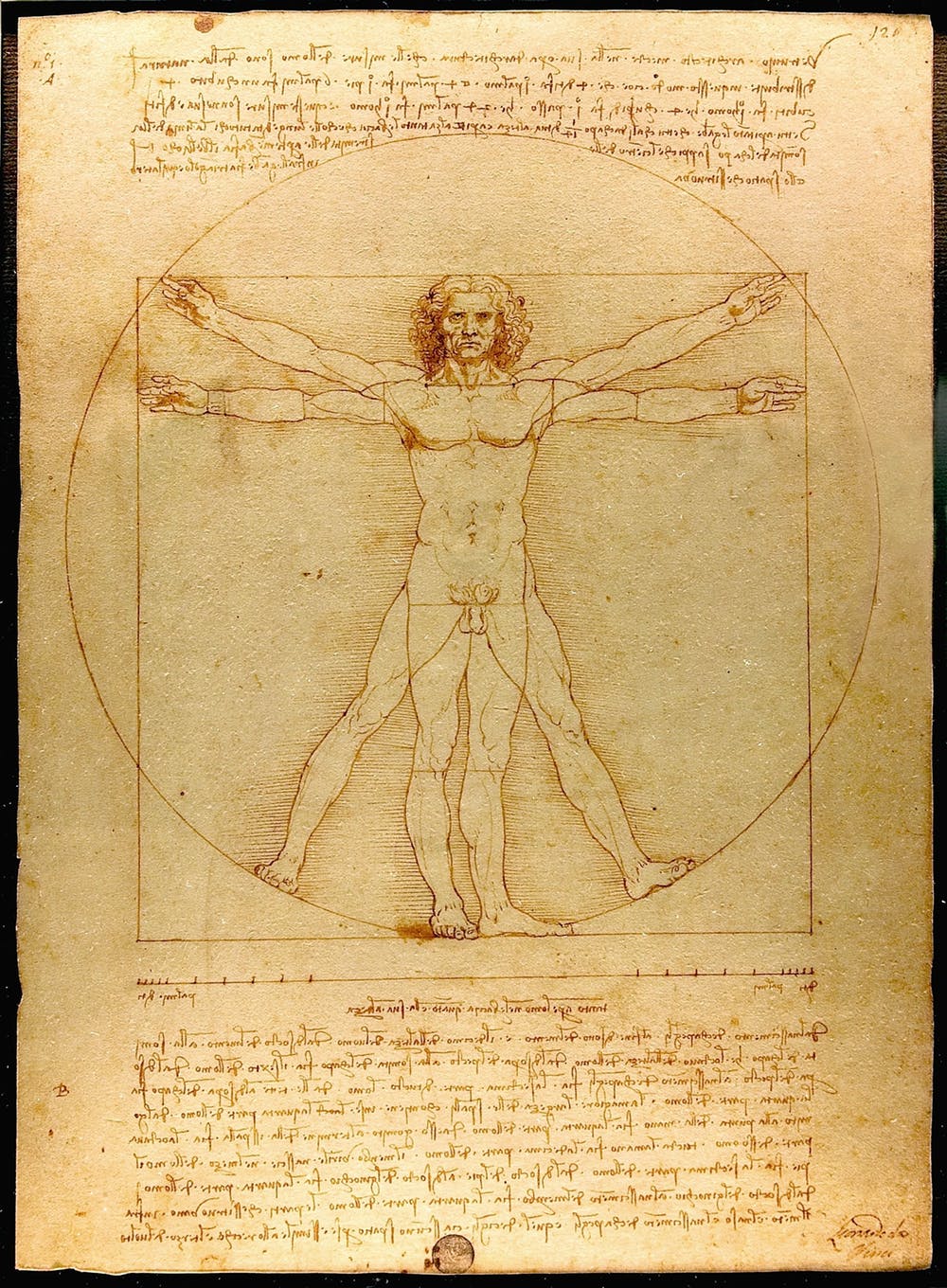Leonardo da Vinci is widely recognized as a quintessential Renaissance man due to his extensive contributions to various fields, including art, science, engineering, and anatomy. This comprehensive report explores how Leonardo excelled in multiple domains, highlighting his notable accomplishments based on documented sources.
Early Life and Education
Born in 1452 in Anchiano, Tuscany, Leonardo was the illegitimate son of a Florentine notary and a young peasant woman. Growing up on his father's estate, he received a basic education in reading, writing, and arithmetic but did not pursue formal studies in Latin or higher mathematics until later in life[2][5]. From a young age, he exhibited artistic talent, leading his father to apprentice him at around age 15 to the renowned sculptor and painter Andrea del Verrocchio of Florence. This apprenticeship provided Leonardo with multifaceted training in painting, sculpture, and mechanical arts[2][3][5].
Artistic Mastery

Leonardo's contributions to art include some of the most famous paintings in the world, such as the 'Mona Lisa' and 'The Last Supper.' His understanding of human anatomy, perspective, and light was unparalleled. He used mathematical principles like linear perspective to create the illusion of depth on flat surfaces, as seen in 'The Annunciation' and 'The Last Supper'[1][7].
In 'The Last Supper,' Leonardo utilizes perspective to create a central focal point on Jesus, surrounded by the Apostles with distinct emotive expressions[2][3]. His portrait of 'Mona Lisa' is renowned for its use of the 'sfumato' technique, which creates subtle transitions between colors and tones, making the expressions appear dynamic and lifelike[1][7].
Engineering and Inventions

Leonardo's notebooks reveal a prolific mind teeming with innovative designs and engineering concepts far ahead of his time[1][6][9]. Among his many ideas were prototypes for gliders, helicopters, parachutes, diving suits, cranes, gearboxes, and military weapons[1][7][9]. His fascination with flight led him to create numerous designs for ornithopters and the 'aerial screw,' an early concept of a helicopter[1][7].
Though many of his designs were not built or tested during his lifetime, modern recreations have sometimes validated his theories, demonstrating that his imagination and understanding of emerging scientific principles were centuries ahead of practical realization[1][6][9]. Da Vinci also conceptualized advanced war machines, such as tanks and multi-barreled guns, which anticipated modern military technology[1][7].
Contributions to Science
Leonardo's approach to science was characterized by meticulous observation and detailed recording. His empirical methods, although not formally recognized during his time, laid the groundwork for modern scientific inquiry[3][6][9]. He made significant advancements in anatomy, documenting the structure and function of the human body through detailed sketches and dissections[6][8][9].

His anatomical studies included the human skeleton, muscles, brain, and various internal organs, offering unprecedented insights into human physiology[6][8]. Leonardo's Vitruvian Man, a study of human proportions, exemplifies the intersection of art and science, embodying the Renaissance ideal of linking microcosm and macrocosm[5][6].
Impact on Water Science and Engineering

Leonardo was fascinated by the dynamics of water, which he described as 'the vehicle of nature'[1][7][4]. His extensive studies on fluid dynamics, the hydrological cycle, and the properties of water flow influenced modern water engineering. In his 'Codex Leicester,' he formulated numerous hypotheses about water, some of which accurately described phenomena like the impact of flow speed on pressure and the hydrological cycle[1][4][7].
Additionally, Leonardo designed projects to manipulate water through canals and reservoirs for flood management and irrigation. Although not all his ideas were practical, his scientific approach to studying water laid important foundations for future developments in the field[4][7].
Legacy and Influence
Leonardo da Vinci's insatiable curiosity and interdisciplinary approach have inspired countless artists, scientists, and engineers. His methodology of integrating observational skills with artistic talent allowed him to excel in multiple disciplines. The broad range of his intellectual pursuits, from engineering and anatomy to art and hydrodynamics, underscores his stature as a polymath[3][9].
Leonardo's scientific hypotheses and inventive designs, though often unrecognized during his lifetime, paved the way for numerous technological advancements. His unique ability to visualize and solve complex problems through drawings continues to be celebrated as a testament to his genius[1][2][6].
Conclusion

Leonardo da Vinci's achievements across various fields are a testament to his remarkable intellect and innovative spirit. His contributions to art, science, engineering, and anatomy not only reflect his diverse talents but also his pioneering approach to understanding and representing the natural world. Leonardo embodies the essence of the Renaissance man, whose legacy continues to influence and inspire modern thought and technology.
In synthesizing knowledge from multiple domains and applying a scientific approach to artistic endeavors, Leonardo da Vinci has left an indelible mark on history, solidifying his place as one of the greatest polymaths of all time.
Get more accurate answers with Super Pandi, upload files, personalized discovery feed, save searches and contribute to the PandiPedia.
Let's look at alternatives:
- Modify the query.
- Start a new thread.
- Remove sources (if manually added).